From the streets, our beloved ice creams have made it to the global stage!
The Philippines’ dirty ice cream and halo-halo have recently made their mark on the worldwide culinary scene, earning recognition as two of the world’s best frozen desserts.
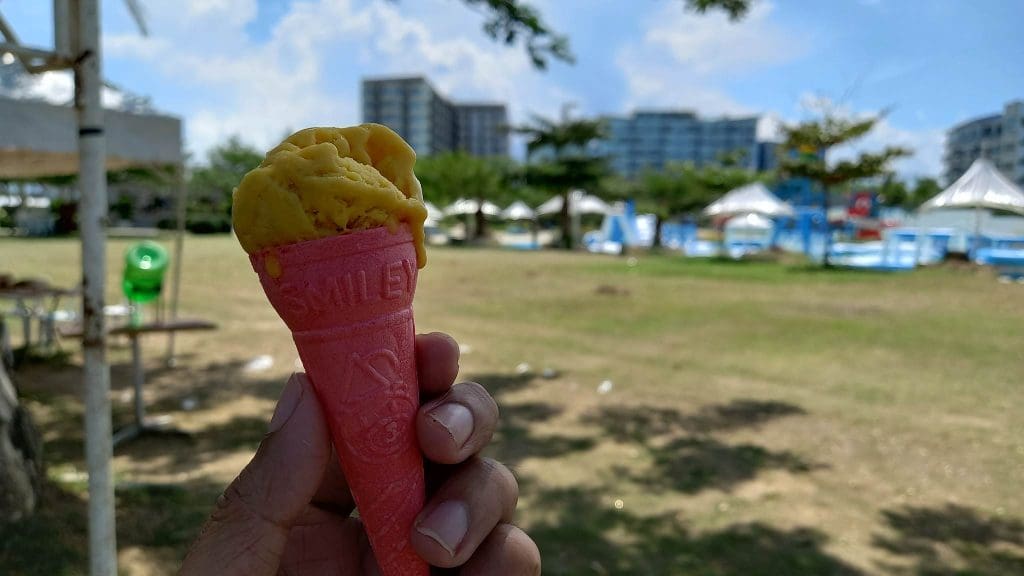
These Filipino delicacies were celebrated by TasteAtlas, a renowned food encyclopedia that ranks and highlights culinary treasures from around the globe.
In their prestigious list of the “50 Best Rated Frozen Desserts in the World,” sorbetes claimed the impressive fifth position with a score of 4.5 out of 5, while halo-halo found its place at the 43rd spot with a score of 3.8.
Let us get to know a little bit more about these desserts!
Sorbetes, and how it became dirty ice cream
The origins of these beloved Filipino desserts can be traced back to diverse cultural influences.
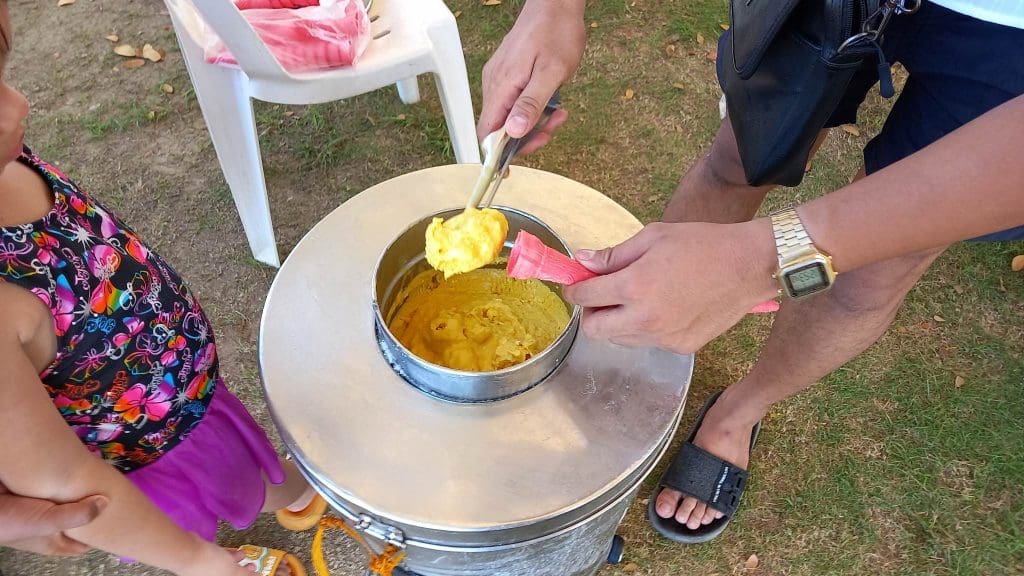
Sorbetes, often referred to as dirty ice cream, holds a special place in Filipino hearts as a nostalgic treat. Its roots can be linked to the tradition of Spanish-style ice cream brought by the colonizers. Over time, local ingredients and flavors were incorporated into the recipe, giving it a distinct Filipino twist.
The nickname “dirty ice cream” may raise questions considering the deliciousness of sorbetes, but where and how it is served sheds light on why it acquired such a label.
The method of selling sorbetes plays a role in the development of its nickname. It is sold by street vendors, who offer this frozen treat in urban areas, thereby subjecting it to the pollution and dirt of the surroundings. These vendors, known as sorbeteros, frequently handle bills, cones, and the ice cream itself without washing or changing their hands, which reinforces the perception of unsanitary conditions.
Nevertheless, despite its unconventional name, Filipinos wholeheartedly embrace and savor the distinct flavors of “dirty ice cream” with enthusiasm. They acknowledge that the delightful taste and experience far outweigh any concerns related to its nickname.
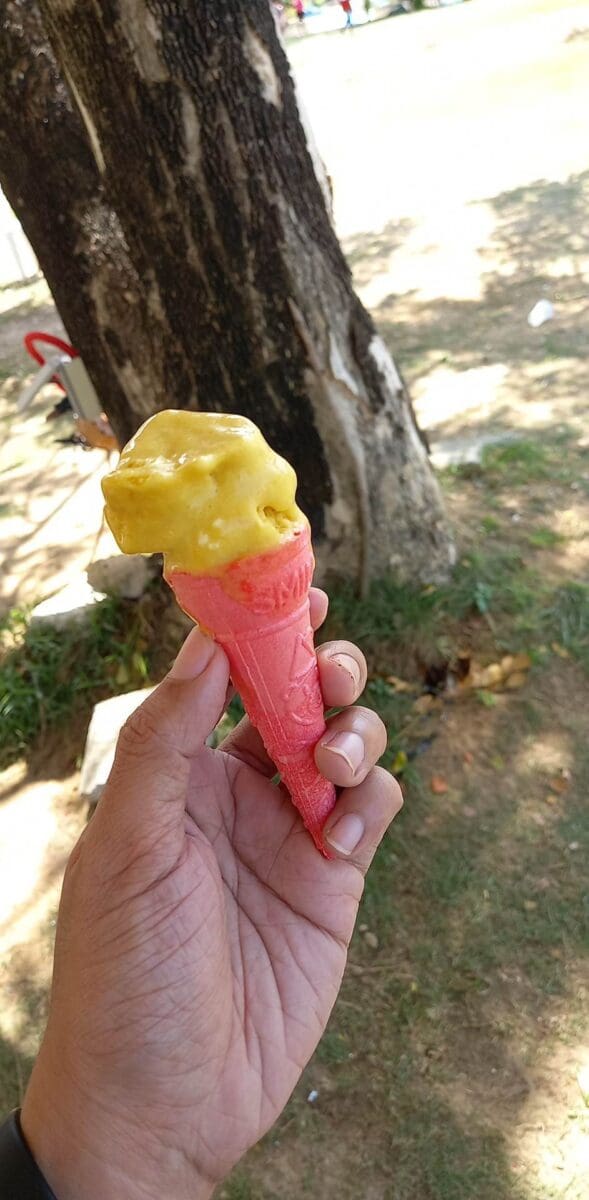
Halo-halo and its origins
On the flip side, halo-halo is a captivating combination of flavors, textures, and vibrant colors. This invigorating dessert exemplifies culinary inventiveness and inclusiveness.
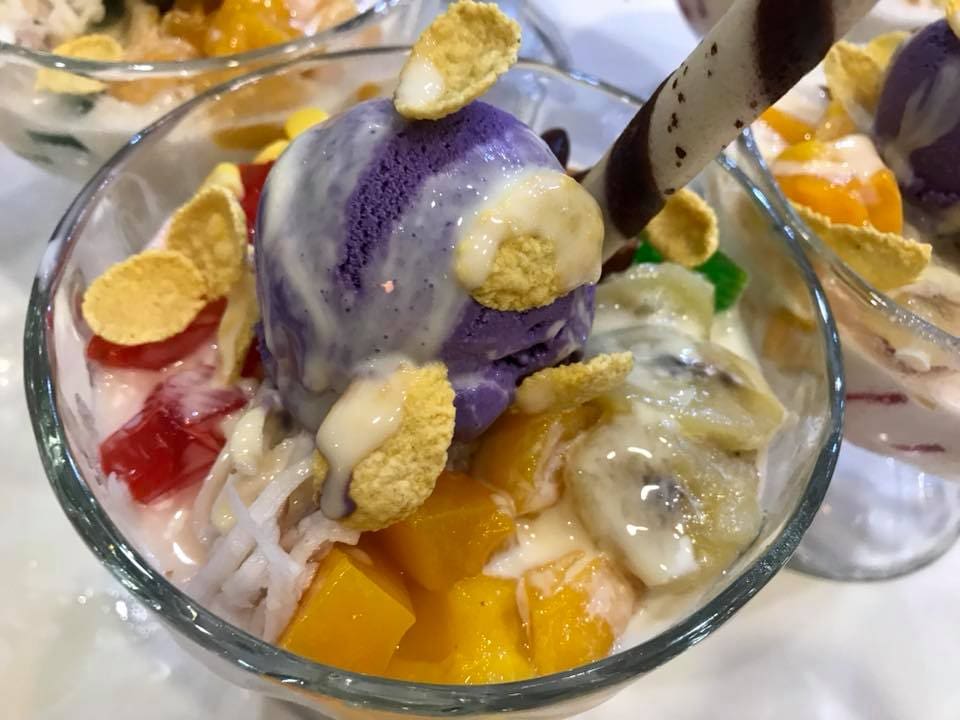
Its origins are often linked to anmitsu, a popular Japanese summer beverage that features shaved ice adorned with various toppings.
Filipino chefs transformed this concept by infusing it with their unique style and tropical ingredients. A typical serving of halo-halo is a delightful fusion of sweetened fruits, jellies, beans, and other components, all layered over crushed ice and garnished with leche flan (caramel custard) and ube ice cream.
The contrasting textures and harmonious melding of flavors make halo-halo an irresistible indulgence, particularly in the scorching heat of the Philippines.
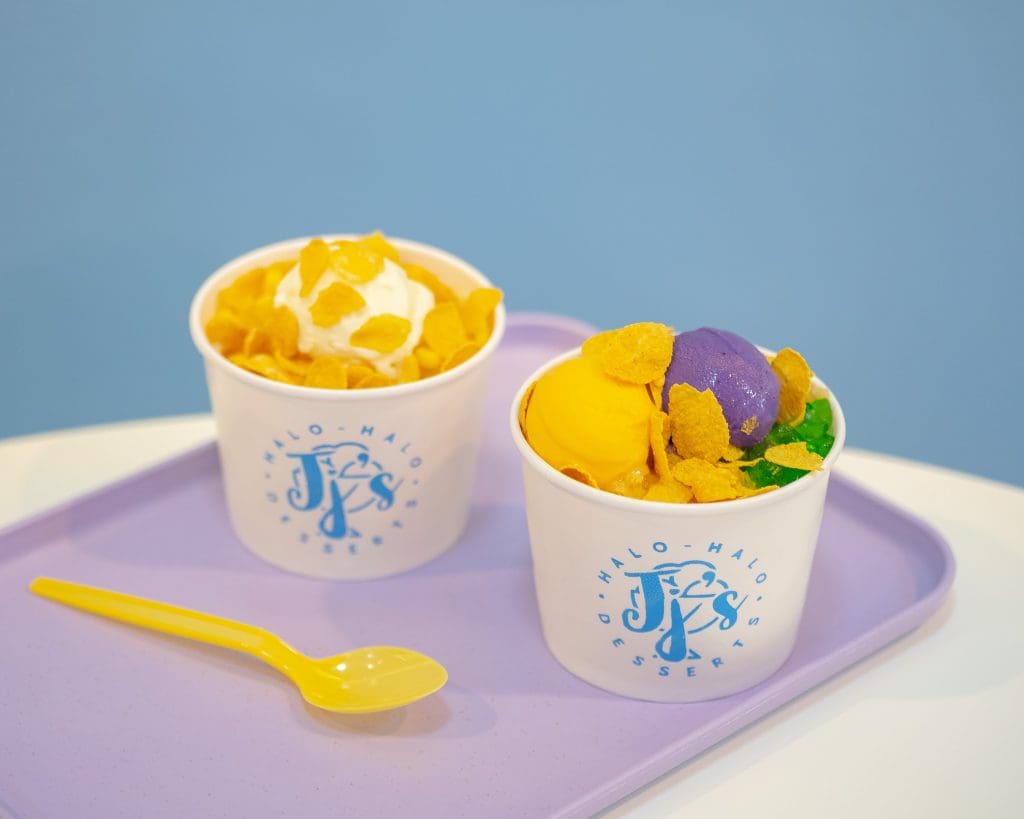

How these two desserts became a statement
Both sorbetes and halo-halo have become deeply rooted in the fabric of Filipino culture, transcending generations and societal boundaries.
These frozen delicacies hold a significance that goes beyond being mere desserts; they represent shared moments of joy, togetherness, and cherished childhood memories.
Whether savored by families on scorching summer afternoons or enjoyed by friends during festive gatherings, sorbetes and halo-halo evoke a strong sense of nostalgia and happiness.
From bustling city streets to serene rural communities, these frozen desserts have seamlessly integrated into the essence of Filipino culinary identity, proudly showcasing the country’s abundant cultural heritage.
With their recent global recognition as exceptional frozen desserts, sorbetes and halo-halo have rightfully earned their place among the crème de la crème.

These Filipino creations continue to captivate taste buds and capture hearts worldwide as people embrace the enticing flavors, delightful textures, and captivating narratives they offer.
As Filipinos proudly share their beloved frozen treats with the world, sorbetes and halo-halo emerge as delectable ambassadors of Philippine cuisine, inviting everyone to partake in the sweetness and warmth of Filipino culture.

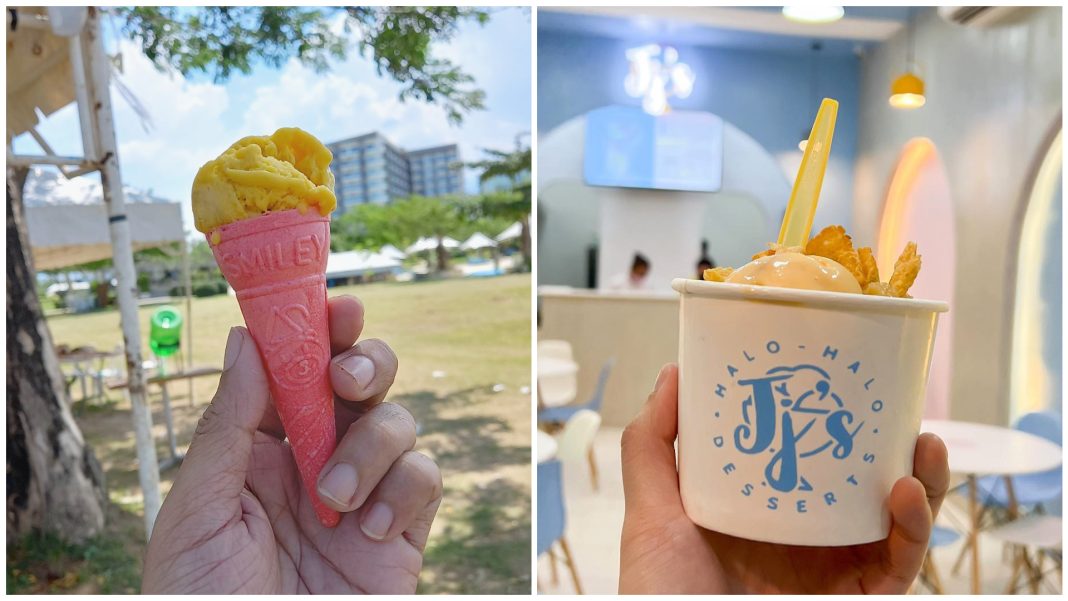
[…] Supply hyperlink […]